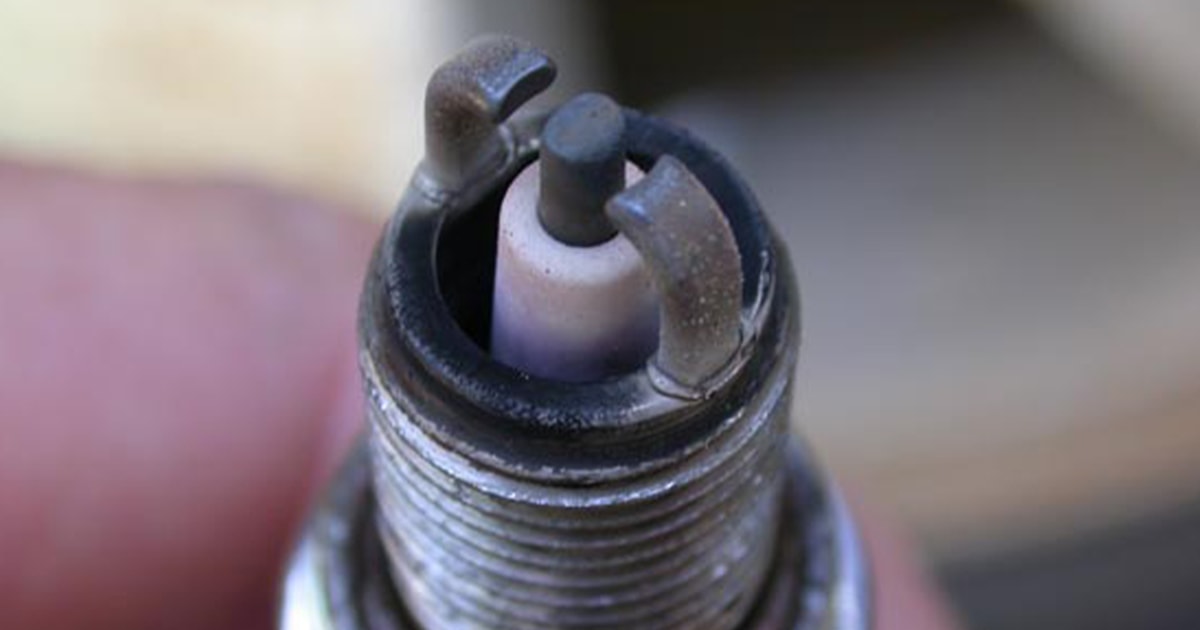To test for bad gas in a car, you can check for symptoms like rough idling, stalling, and unusual engine noise.

Credit: www.safewise.com
Signs Of Bad Gas In A Car
Signs of bad gas in a car can range from decreased engine performance and difficulty starting the engine to unusual odor from the exhaust and poor fuel efficiency. These indicators can be alarming and may require immediate attention to prevent further damage to your vehicle. By recognizing these signs early on, you can take the necessary steps to address the issue and get your car running smoothly again.
Decreased Engine Performance
One of the first signs that you may have bad gas in your car is decreased engine performance. You may notice a lack of power when accelerating or difficulty maintaining steady speeds. The engine may feel sluggish or unresponsive, making it harder to drive efficiently. If you experience these issues, it is essential to have your fuel system checked to ensure that bad gas is not the culprit.
Difficulty Starting The Engine
If you find it increasingly challenging to start your car, bad gas could be to blame. When gasoline starts to deteriorate, it can become less volatile, making it harder for the engine to ignite. This can result in prolonged cranking and multiple attempts to start the vehicle. If you encounter this problem, it is crucial to determine whether bad gas is causing the difficulty or if there may be another underlying issue.
Unusual Odor From Exhaust
Another telltale sign of bad gas in a car is an unusual odor coming from the exhaust. The scent may resemble rotten eggs or sulfur and is often a result of contaminated or stale gasoline. If you smell a strong, pungent odor coming from your vehicle’s exhaust, it is essential to have it inspected to determine the cause. Driving with bad gas can potentially damage your engine and emission control system.
Poor Fuel Efficiency
Bad gas can also have a detrimental effect on your car’s fuel efficiency. If you notice that you are not getting the same mileage per gallon as before or that you need to refill your tank more frequently, it could indicate an issue with the quality of the gasoline. Bad gas can contain impurities or contaminants that lead to reduced fuel efficiency, costing you more money at the pump. Monitoring your fuel consumption can help you identify any sudden drops in efficiency that may signify bad gas.
Overall, it is important to be vigilant and aware of the signs of bad gas in your car. If you experience decreased engine performance, difficulty starting the engine, unusual odor from the exhaust, or poor fuel efficiency, it is advisable to have your vehicle inspected by a professional. Improved gas quality and regular maintenance can help keep your car running smoothly and prevent any damage that bad gas may cause.

Credit: www.statefarm.com
Methods To Test For Bad Gas In A Car
When it comes to maintaining your car’s performance and avoiding potential engine damage, it is crucial to be able to detect any signs of bad gas. Bad gas can lead to engine misfires, rough idling, and even total engine failure if left untreated. In order to prevent such issues, it is important to learn how to test for bad gas in your car. In this article, we will explore four effective methods that you can use to determine whether or not your car has been contaminated with bad gas.
Visual Inspection
A visual inspection is the first step in determining whether or not your car has bad gas. Start by inspecting the color and clarity of the gasoline. Fresh gasoline should have a clear and bright appearance. If the gas appears cloudy, discolored, or contains any particles or sediment, it is a clear indication of bad gas.
Moreover, thoroughly examine your fuel tank for any signs of corrosion, rust, or leaks. These issues can cause contaminants to enter the fuel system and affect the quality of the gasoline. If you notice any of these problems, it is recommended to have your car inspected by a professional mechanic before further use.
Smell Test
The smell test is a simple yet effective way to determine if your car has bad gas. Fresh gasoline emits a mild, gasoline-like odor. However, if you detect a strong, pungent, or sour smell, it is an indication of old, degraded, or contaminated fuel. Bad gas can be caused by factors such as excessive moisture, dirt, or even the presence of ethanol, which can reduce the efficiency of the fuel mixture.
It is important to note that bad gas can also result in an unusual odor outside of the fuel system, such as a rotten egg smell. This can be an indication of sulfuric compounds, which can damage the catalytic converter. If you notice any of these odors, it is best to address the issue promptly.
Fuel Filter Examination
The fuel filter is a crucial component that helps protect your engine from contaminants present in the fuel. By inspecting the fuel filter, you can gain insight into the condition of your fuel and detect signs of bad gas.
| Signs of Bad Gas | Condition of Fuel Filter |
|---|---|
| Cloudy or discolored gas | Clogged or dirty filter |
| Particles or sediment in gas | Filter contains debris or contaminants |
| Strong or foul odor | Filter smells of gasoline or exhibits stains |
If you notice any of these signs on your fuel filter, it is a clear indication of bad gas. Replacing the fuel filter is recommended to prevent any further damage to your engine.
Performance Testing
Lastly, performance testing can provide valuable insights into the quality of your gas. If you experience issues such as engine misfires, stalling, difficulty starting, or rough idling, it could be a sign of bad gas affecting the engine’s combustion process.
One way to perform a performance test is to use a fuel system cleaner. These products are designed to remove deposits and contaminants from the fuel system, improving engine performance. If, after using a fuel system cleaner, you notice an improvement in your car’s performance, it is likely that bad gas was the culprit.
Another option is to have your car’s fuel injectors professionally cleaned. This can help restore the proper fuel flow and combustion, improving overall engine performance.
In conclusion, by employing these methods – visual inspection, smell test, fuel filter examination, and performance testing – you can effectively test for bad gas in your car and prevent potential damage to your engine. By promptly addressing any signs or symptoms of bad gas, you can ensure that your car continues to run smoothly and efficiently.

Credit: www.mobil.com
Conclusion
To summarize, testing for bad gas in your car is an essential step in maintaining its performance and preventing potential issues. By paying attention to signs like poor fuel efficiency, rough idling, or unusual engine noises, you can detect if bad gas is the culprit.
Regularly checking your fuel filter and using quality fuel can also help ensure your car’s smooth operation. Don’t underestimate the importance of addressing bad gas promptly to avoid any further damage. Stay vigilant and keep your car running smoothly on the road.

